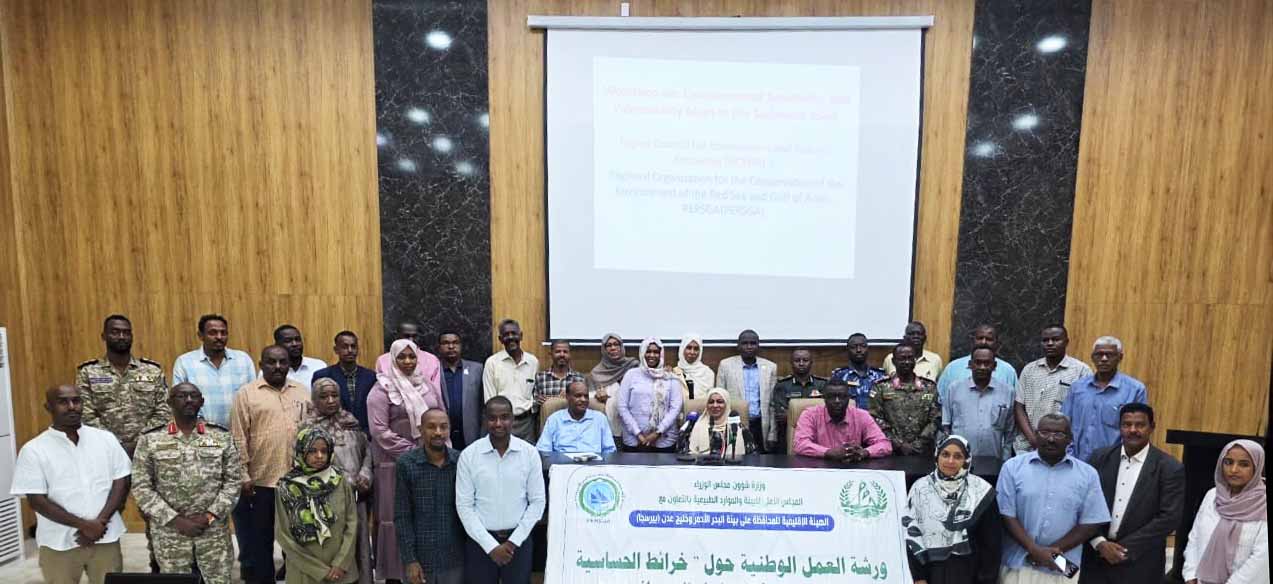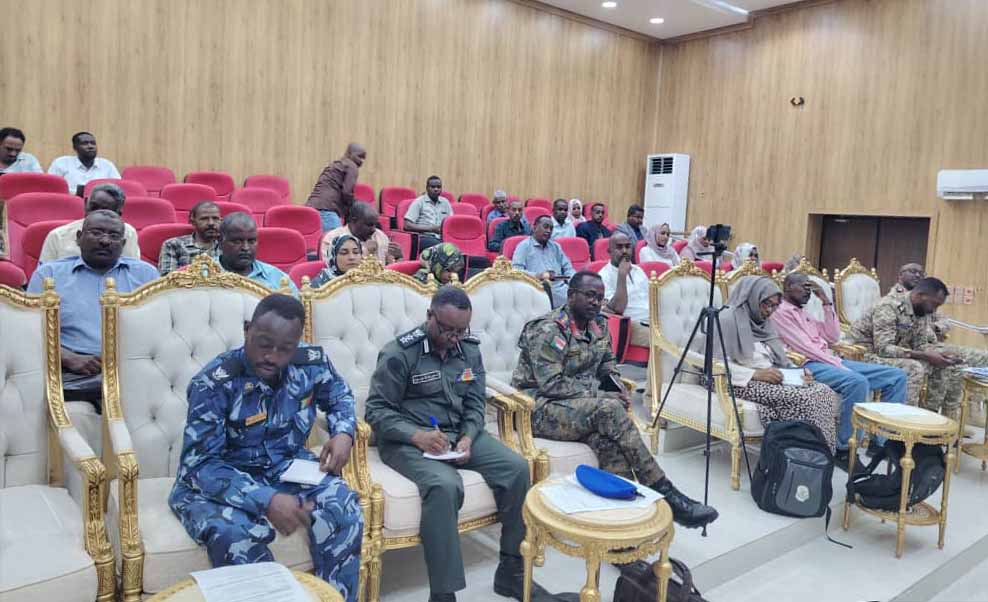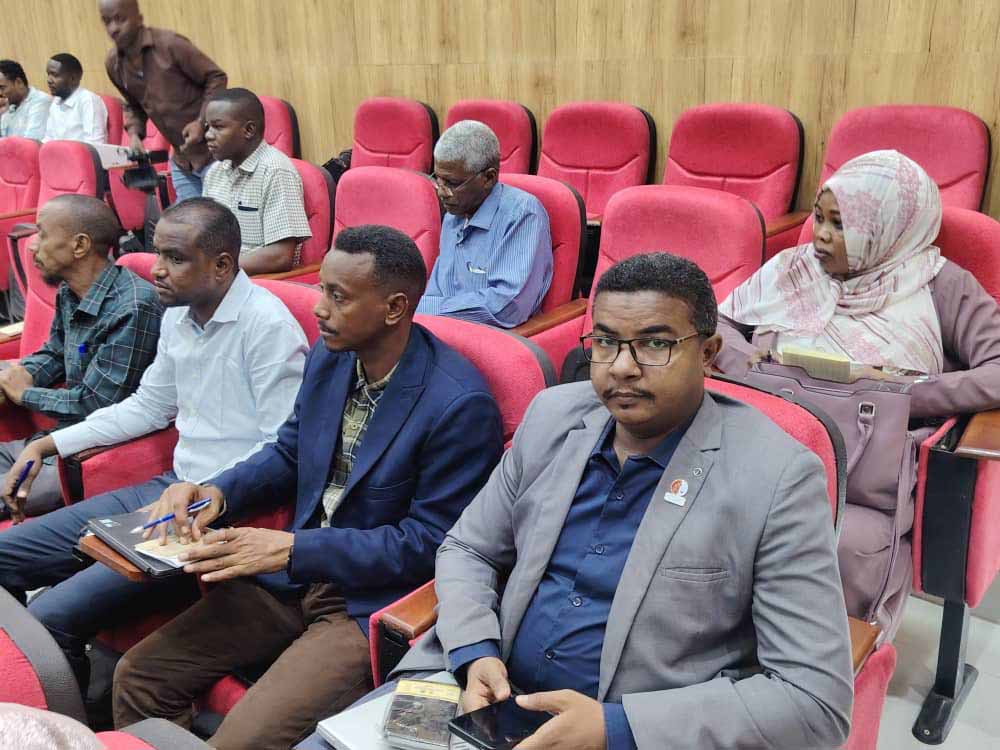The Regional Organization for the Conservation of the Environment of the Red Sea and Gulf of Aden (PERSGA), in collaboration with the Higher Council for Environment and Natural Resources (HCENR), organized a national workshop entitled “Sensitivity and Vulnerability Mapping of the Sudanese Coast”, during the period 24–25 August 2025 in Port Sudan, Republic of the Sudan.
The importance of sensitivity maps lies in their role as a strategic tool that helps identify the marine environments and resources most vulnerable to natural hazards and human activities, such as oil spills, marine pollution, and other environmental challenges. These maps serve as an integrated knowledge base to support sound planning and decision-making, while enhancing emergency response capacities and reducing the impacts of potential environmental disasters.
The workshop aimed to familiarize participants with the concept and importance of sensitivity maps, in addition to providing hands-on training on methods of preparing sensitivity maps for sensitive marine resources along the Sudanese coast.
The workshop was inaugurated by Dr. Mona Ali, Secretary-General of the Higher Council for Environment and Natural Resources, who emphasized in her opening remarks the importance of protecting the marine environment from pollution and harmful human activities. She also highlighted the vital role of sensitivity maps in planning for marine pollution control and making sound decisions during emergency response, as well as the Council’s role in safeguarding the marine and coastal environment.
Approximately 40 trainees participated in the workshop, representing various government sectors and relevant institutions, including: the Higher Council for Environment, Fisheries Research Station, Faculty of Marine Sciences, Marine Fisheries Administration, Marine Research Institute, Wildlife Protection, Coast Guard, Navy, Border Commission, University of Khartoum, as well as civil society organizations, the fishing sector, and other stakeholders.
The workshop was characterized by an interactive approach, including introductory sessions on the theoretical concepts and importance of sensitivity maps in marine environmental management, as well as practical training on map preparation using real-life examples from the Sudanese coast. The program also featured practical simulations of marine pollution response mechanisms based on sensitivity maps, which included identifying sensitive environments, designating locations for response equipment and tools, and determining waste collection sites.
The workshop concluded with a number of outputs and recommendations, the most important of which are:
- The need to repeat such training workshops to further enhance practical knowledge and consolidate acquired skills.
- Empowering national cadres to produce accurate and effective sensitivity maps that support marine environmental management plans.
- Strengthening coordination among national institutions to utilize sensitivity maps in planning and decision-making processes.
- Establishing a national database of sensitivity maps that can be regularly updated and linked to emergency response mechanisms.




